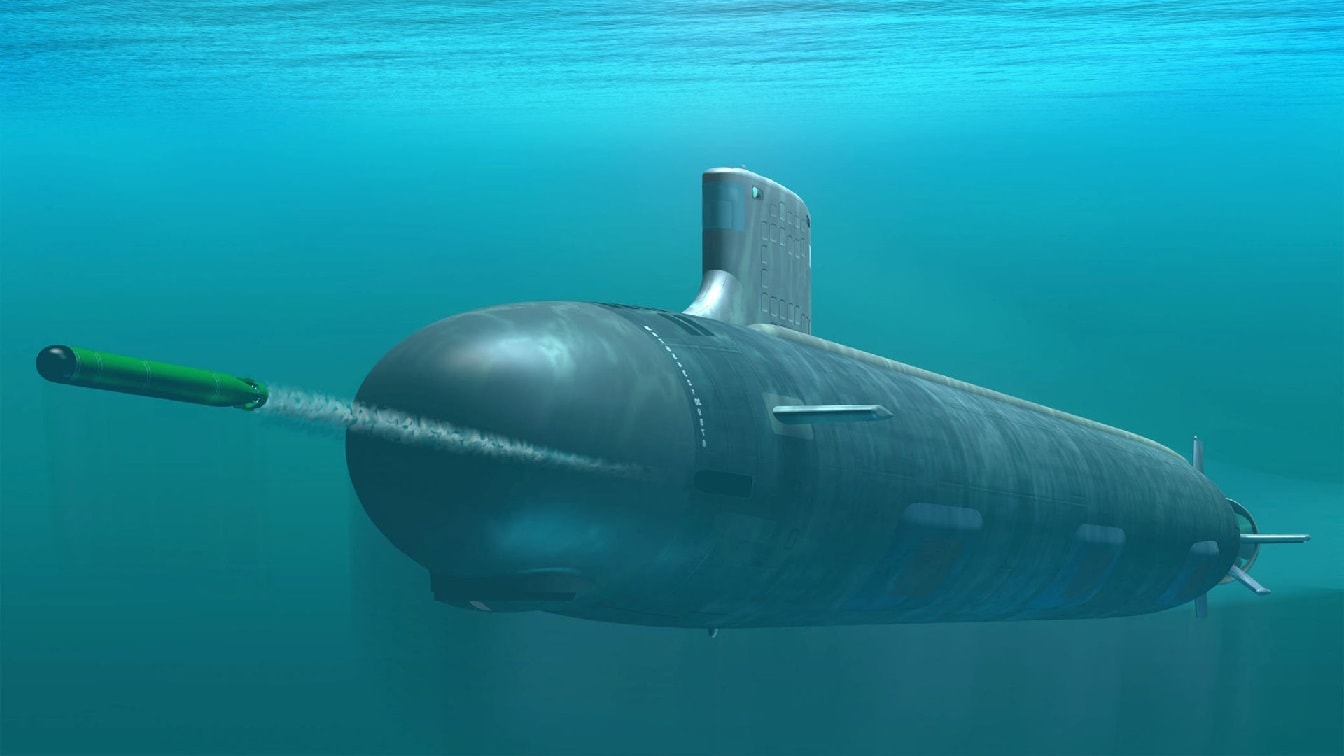Underwater warfare made headlines this fall when clandestine bombings ruptured the Nord Stream natural gas pipelines. The geopolitical consequences of the incident reflect the significance and vulnerability of the seabed. Infrastructure networks and data cables have proliferated in the oceans in recent years, and so has civil societies’ dependence on them. Top U.S. adversaries China and Russia are actively developing their undersea capabilities, and the security threats that come with such vast and unprotected systems are endless.
For many years, the Seawolf-class USS Jimmy Carter (SSN-23) has represented the mainstay of America’s underwater warfare-capable submarines. Looking toward the future, the U.S. is working on a new Virginia-class nuclear-powered fast-attack submarine variant to fulfill the critical seabed role.
Introducing the Seawolf-Class USS Jimmy Carter
In order to counter Soviet naval capabilities, the U.S. Navy developed a new class of nuclear-powered fast-attack submarines during the Cold War. As a successor to the Los Angeles class, the Seawolf was intended to combat Soviet ballistic missile and attack submarines like the Akula class.
The Seawolf-class vessels are larger, quicker, and much quieter than their predecessors, and a total of 29 boats were to be constructed over a decade.
However, that number was first reduced to 12, and ultimately only three were launched. The USS Seawolf was the first vessel, followed by the USS Connecticut in 1998 and USS Jimmy Carter in 2004.
USS Jimmy Carter was constructed with an additional hull section that lengthened the boat by around 100 feet. The extended section is equipped with remotely operated vehicles, an ocean interface for divers, storage, special operation equipment, and more.
Additionally, the Jimmy Carter was fitted with extra maneuvering devices that allow it to station over selected targets in atypical currents. Many analysts and intelligence experts believe that the Jimmy Carter’s modifications are used as underwater splicing chambers for fiber cables. Costing $3.5 billion, the third Seawolf-class submarine was the priciest SSN ever constructed.
The New Virginia-Class Subtype
Considering the cost of the Seawolf-class submarines, the Navy began developing a cheaper alternative in the early 1990s. These SSNs cost less and are smaller, and there are 21 Virginia-class submarines in service with the Navy today. A newer Block V Virginia-class SSN will sport even greater advancements and capabilities than earlier subtypes, including a Virginia Payload Module. While the Jimmy Carter has been the Navy’s underwater fighter for years, the new Virginia-class Block V subtype could replace it.
According to The Drive, Electric Boat president Kevin Graney told the Connecticut Business and Industry Alliance’s “Economic Summit & Outlook” that the SSN manufacturer is “developing in the third picture a seabed warfare variant and this ship is designed to interact with the seafloor. And this design we’ll repurpose some of those missile tubes that I refer to in the VPM [Virginia Payload Module] design to perform those missions.” While the new subtype’s trajectory into service is unclear, the new submarine could be completed by the early 2030s.
Maya Carlin, a Senior Editor for 19FortyFive, is an analyst with the Center for Security Policy and a former Anna Sobol Levy Fellow at IDC Herzliya in Israel. She has by-lines in many publications, including The National Interest, Jerusalem Post, and Times of Israel. You can follow her on Twitter: @MayaCarlin.

